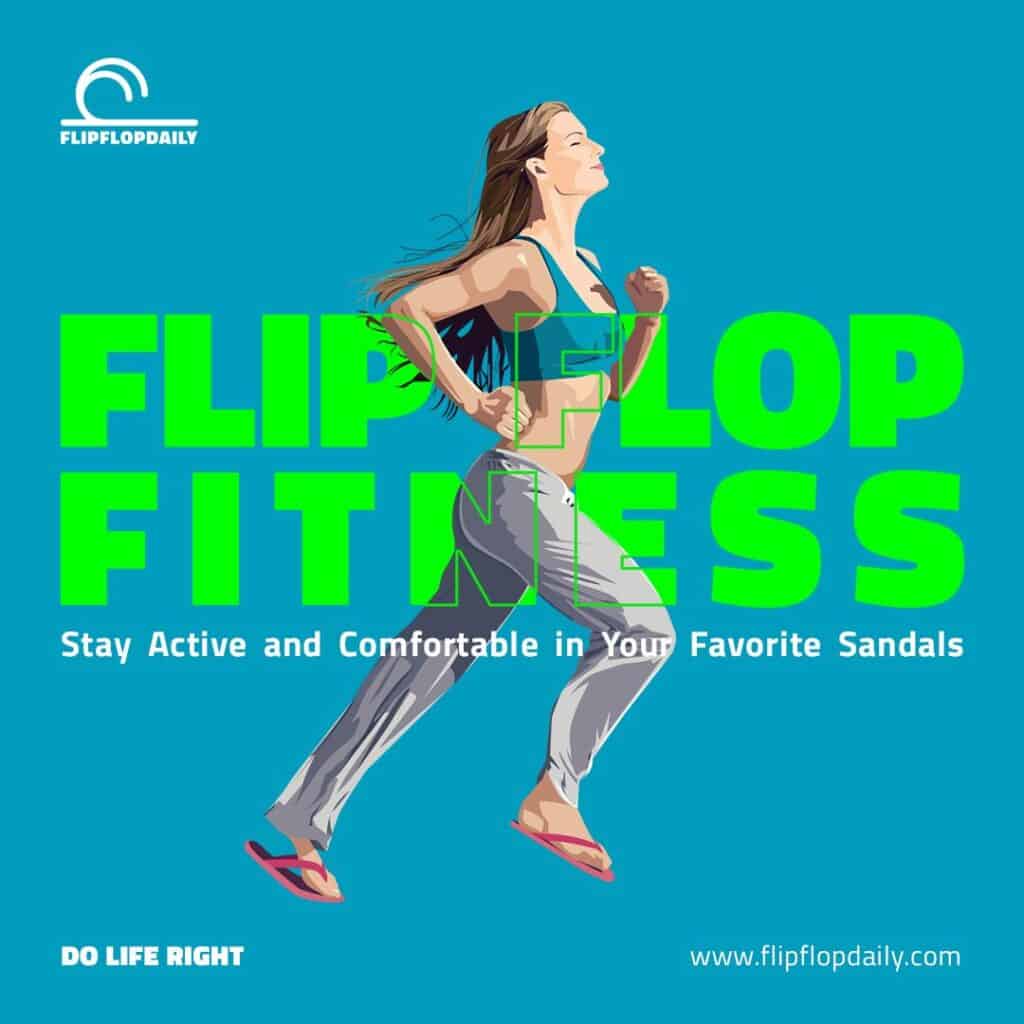As the weather warms up, it’s time to show off that flawless pedicure you gave yourself by slipping on a pair of flip flops, the unofficial footwear of summer. There is one problem: flip flops can be a little hit or miss in terms of comfort. How do you find the best flip flops not only for warm weather but also for your feet?
Start by thinking about how much moving you’re going to do. Most flip flops are flimsy and only good for lounging around. A pair with more substance will require more support. Brands with arch support or cushioned footbeds will absorb the impact of walking. There are even flip flops that are water-sports-friendly with special footbeds that wick away moisture. Others are made of anti-microbial materials, so they won’t stink or can be washed.
No one wants unwanted foot pain or blisters ruining their summer fun, so let’s be honest: Summer should be easy breezy. Read on for our’ picks for the best flip flops for walking that won’t kill your feet (but are also cute and comfy).
Flip Flops and Fitness: Do They Mix?
Comfort and flexibility are essential for staying active. While sneakers and athletic shoes are often the go-to choice for workouts, flip flops are becoming a viable option as well.
Although flip flops may not be the best choice for intense workouts and marathons, they do have their place in certain fitness activities. Low-impact exercises and leisurely activities are ideal for flip flops, which are lightweight and breathable.
What Activities Can You Do in Flip Flops?
1. Yoga and Pilates
Flip flops offer the flexibility required for yoga and Pilates, allowing you to move and stretch comfortably. They also offer better grip than bare feet, providing stability during balance poses.
2. Beach Activities
Flip flops are a convenient choice for beach volleyball, beachcombing, or a leisurely stroll along the shoreline. Your feet are protected from hot sand and sharp objects, and they are easy to put on and take off.
3. Water Sports
A flip flop with a sturdy sole and strap is perfect for water sports such as paddleboarding, kayaking, and snorkeling. In slippery conditions, they provide protection and traction.
4. Casual Walking and Hiking
Flip flops can be a comfortable option for shorter walks or casual hikes on easy terrain. Make sure flip flops have supportive arches and non-slip soles to reduce the risk of injury.
Aside from activities that you can do wearing flip flops, owning a good pair of flip flops is important for your downtime and recovery if you have an active lifestyle. Athletes of all levels throw on a pair of flip flops after an intense training session to let their feet breathe and recover. Flip flops are the fitness junkie’s footwear of choice when it comes to poolside recovery and leisure time. The open design helps alleviate foot pressure and minimizes moisture, reducing the risk of infections. Plus, the relaxed design relieves your feet from restrictive athletic shoes.
Remember the FitFlop?
In June 2007, FitFlop sold over 10 million pairs of their original fitness flip flop that supposedly help people lose weight and improve muscle tone. Can the fad be supported by evidence?
The offer seems too good to be true. Can footwear originally designed for the beach, really help tone and trim your legs and butt with every step?
The sandals are said to destabilize the foot slightly and engage the muscles for a longer duration of time when walking, thus forcing the legs to work harder. The efficacy of the “gym in a shoe” has been discussed everywhere, from Facebook to Mumsnet.
Dr Stefan Grau, an expert in biomechanics from the University of Tuebingen, one of Europe’s leading sports science universities, conducted independent research for Marks and Spencer’s fitness flip-flops. Wearing shoes that simulate walking barefoot would mean the foot would flex more, which would result in more muscle activity. The scientist believes that walking barefoot means the foot rolls more than in shoes. The study involved 600 participants.
According to foot specialists, fitness flip-flops are clearly superior to regular flip-flops. According to Michael O’Neill, consultant podiatrist at St Margaret’s Hospital in Windsor and spokesperson for the Society of Chiropodists and Podiatrists, this is because they are slightly elevated and shock-absorbing.
What Are the Best Flip Flops for an Active Lifestyle?
Even though it’s been over a decade since the rise of the FitFlop, there’s a lot we can learn from their entire model. Choosing flip flops for an active lifestyle requires certain features:
1. Cushioning and Support
Protect your feet during activities by wearing flip flops with supportive footbeds and cushioning. Footbeds that are molded or contoured can provide arch support and reduce foot strain.
2. Durability and Traction
Choose flip flops made from durable materials that can withstand wear and tear. Ensure traction on various surfaces by choosing non-slip soles and textured footbeds.
3. Adjustable Straps
Adjustable flip flops provide a secure and customized fit, preventing discomfort.
4. Water-Friendly
To avoid discomfort and prolong the lifespan of your flip flops, choose flip flops that are water-resistant or quick-drying.
Working out in flip flops is not recommended for activities that require high intensity or impact. Despite their comfort and freedom of movement, flip flops lack the support, stability, and protection that athletic shoes provide. It may not be safe to exercise in flip flops for the following reasons:
1. Lack of Support
Due to their flat soles and minimal arch support, flip flops can lead to improper alignment and strain on the feet, ankles, and knees. Jumping, running, or lateral movements can increase the risk of injury.
2. Limited Stability
In flip flops, the straps are loose, allowing the foot to move freely. During dynamic exercises, this lack of stability can increase the risk of slips, trips, and falls.
3. Inadequate Cushioning and Shock Absorption
A flip flop’s thin sole offers minimal cushioning and shock absorption. The increased impact on your joints can lead to discomfort, stress fractures, or other overuse injuries.
4. Increased Risk of Tripping
Flip flops can slip off or get caught on equipment or uneven surfaces during workouts, creating a higher risk of tripping or injuring yourself.
While flip flops may be suitable for low-impact activities like yoga and walks, it’s generally recommended to wear athletic shoes designed for the type of workout you’re engaging in. Intense physical activity requires athletic shoes that provide support, stability, cushioning, and protection.
Wear appropriate footwear for your workout routine based on your safety needs.
Do Life Right!
Adding flip flops to your active lifestyle can provide comfort and flexibility. Even though flip flops may not be suitable for high-intensity workouts, they are ideal for low-impact exercises, beach activities, and post-workout recovery. Prioritize cushioning, support, durability, and water-friendliness when choosing flip flops for an active lifestyle.
Check out our flip flop reviews and recommendations here on Flip Flop Daily to find your perfect pair to take along on your life’s adventures.



